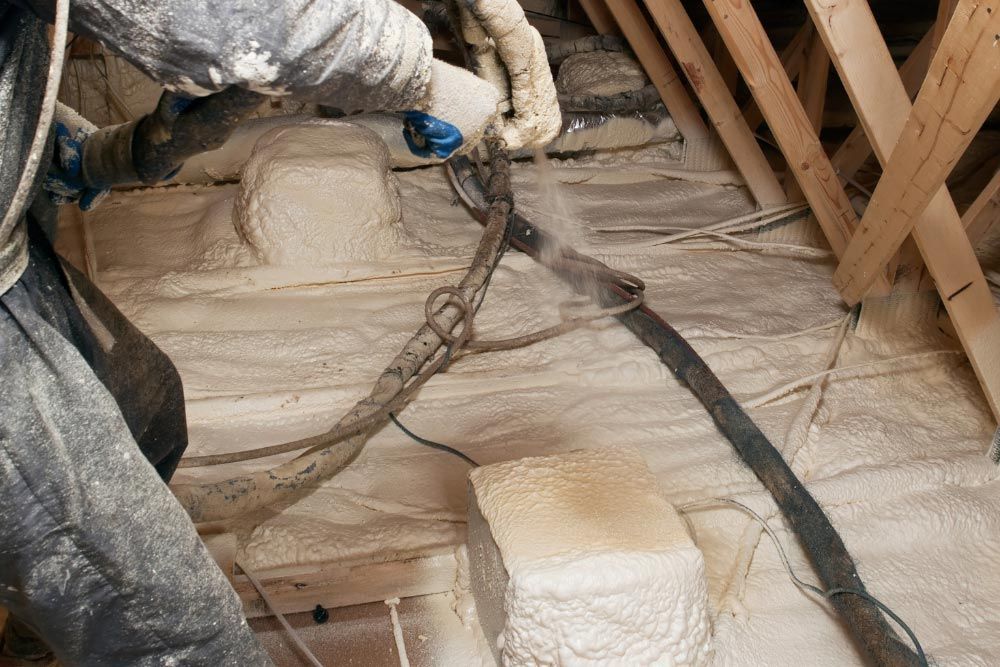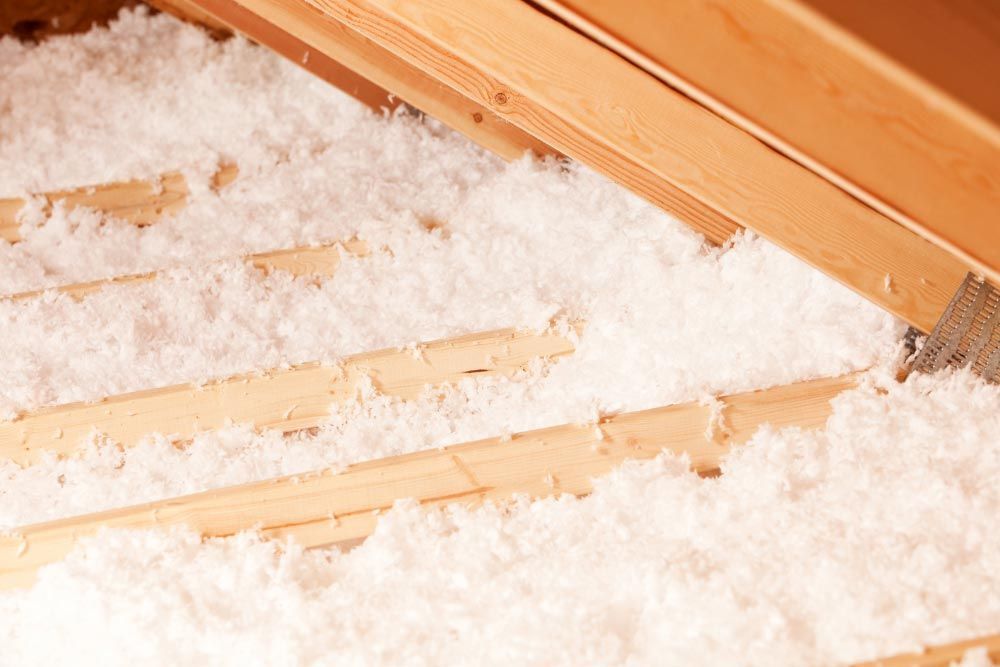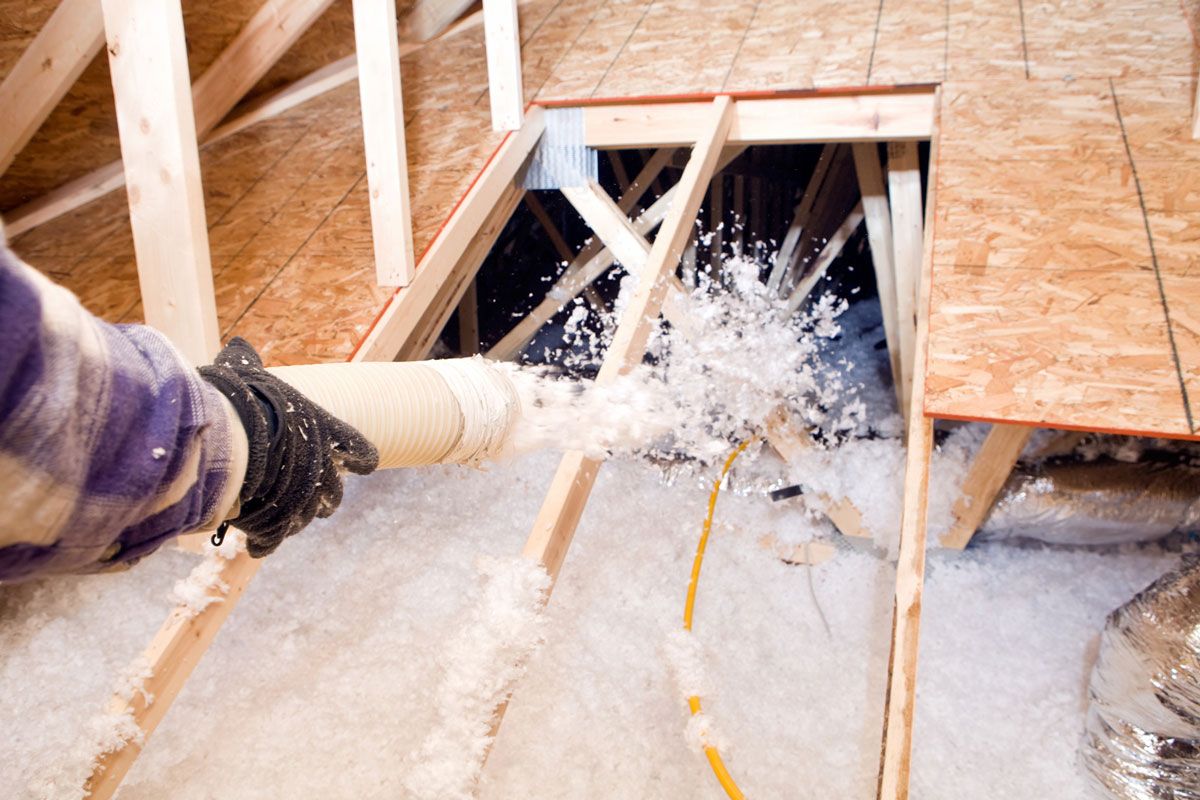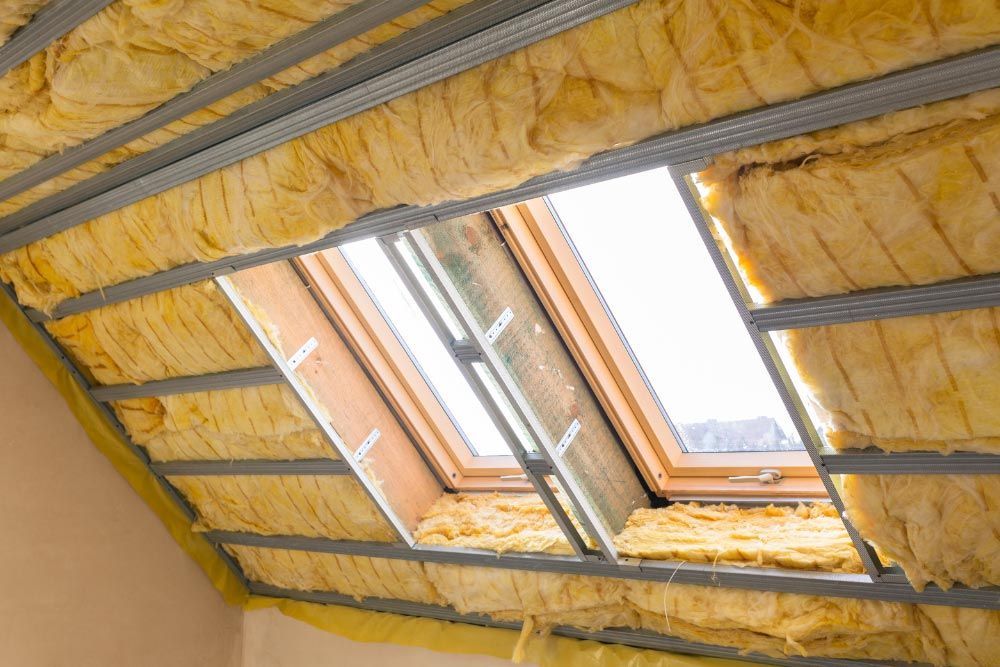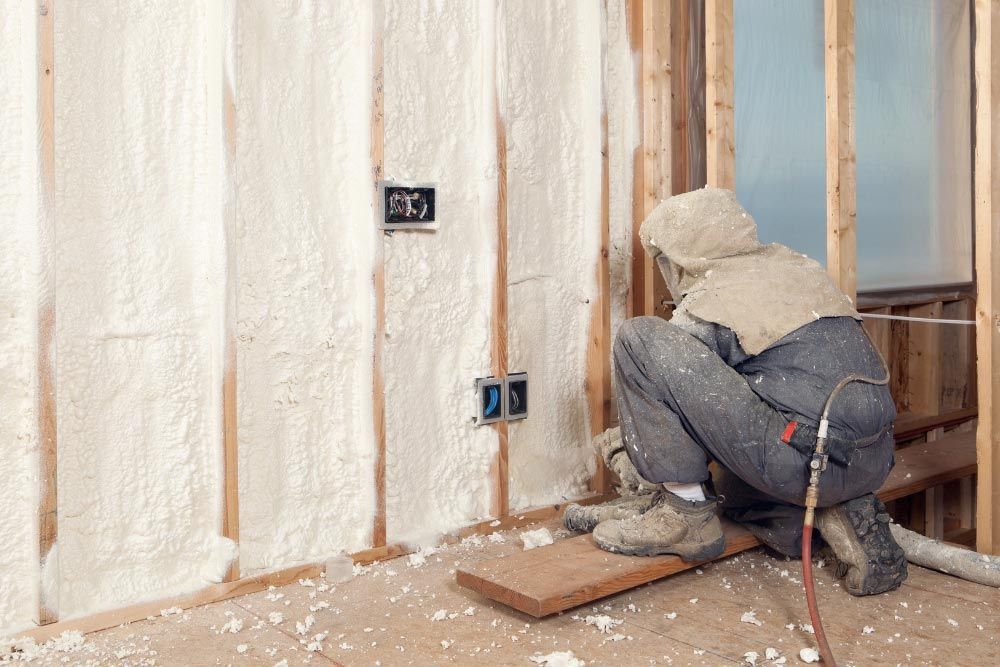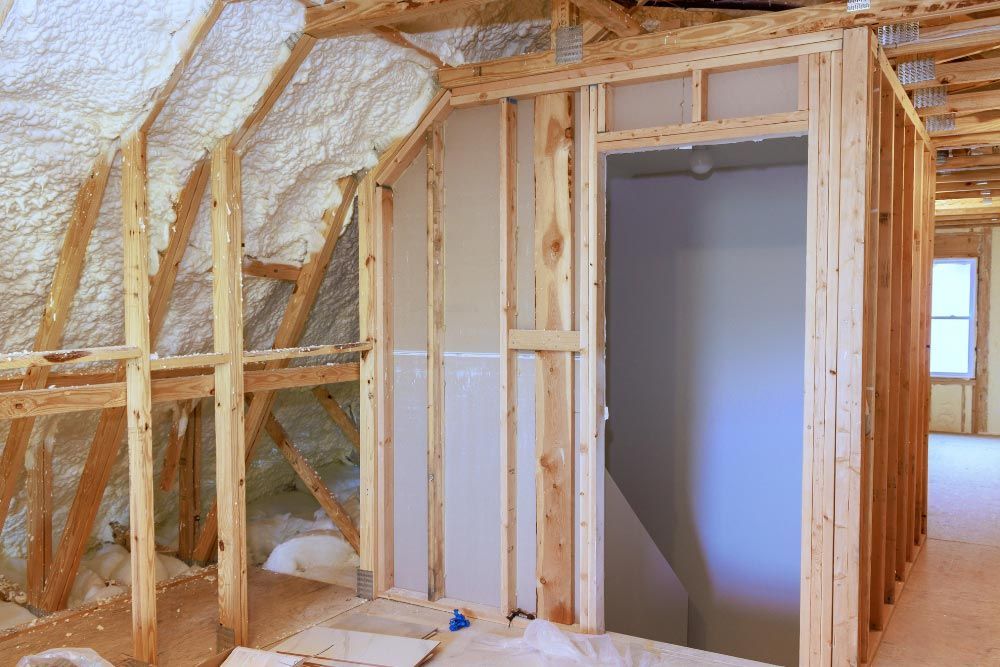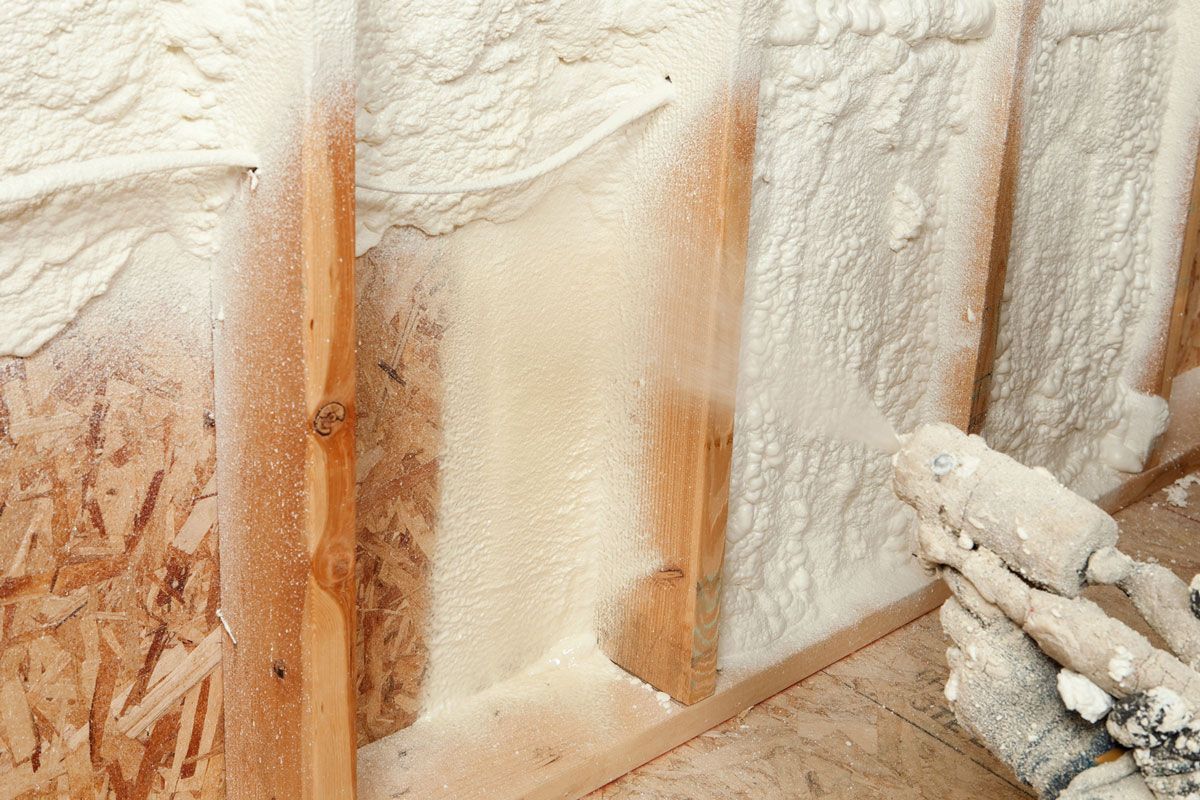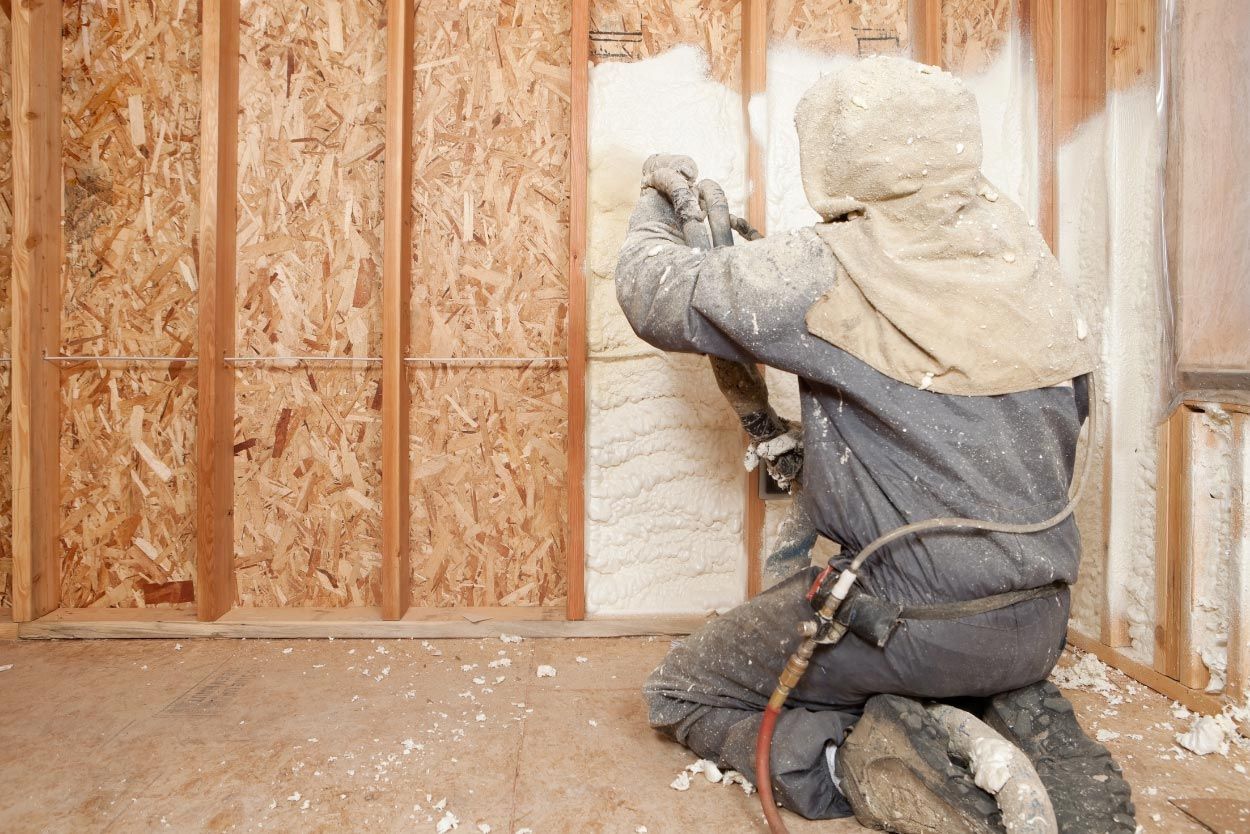How Long Does Insulation Last? A Complete Guide for Homeowners
When was the last time you thought about the insulation in your home? Most of us don’t give it much thought until energy bills start rising, rooms feel drafty, or the attic smells musty. Yet, insulation is one of the most important investments for maintaining comfort, improving efficiency, and protecting your home from long-term damage.
If you’ve ever wondered how long insulation lasts or whether it’s time to replace yours, this guide covers everything you need to know, from lifespan by material to costs, energy savings, compliance standards, and more.
Why Does Insulation Lifespan Matter?
Insulation isn’t just “fluff” hidden behind your walls or in the attic. It directly affects:
- Energy bills: Up to 30% of heating and cooling energy is lost through poor insulation.
- Indoor comfort: Proper insulation prevents drafts, hot spots, and uneven room temperatures.
- Home health: Insulation also helps control moisture, reducing mold risks.
- Resale value: Energy-efficient homes often sell faster and at higher prices.
The better your insulation lasts, the longer you’ll enjoy these benefits without expensive rework.
Average Lifespan of Different Insulation Materials
The longevity of insulation depends on material, installation quality, exposure to moisture, and whether pests or air leaks compromise it. Here’s a breakdown:
- Fiberglass Batt: 30–40 years (but can sag over time)
- Blown-In Cellulose: 20–30 years (can settle, reducing R-value)
- Spray Foam (Closed-Cell): 50+ years (most durable option)
- Spray Foam (Open-Cell): 40–50 years
- Mineral Wool: 30–40 years (highly resistant to fire and pests)
- Rigid Foam Board: 30–40 years
Important: While the materials themselves may last decades, moisture damage, rodents, or improper installation can significantly reduce performance.
Insulation Lifespan & Cost Breakdown
The cost and lifespan of insulation depend on the material used, your climate, and whether it’s installed professionally or DIY. Below is a general guide based on U.S. averages:
| Insulation Type | Average Lifespan | Cost per Sq. Ft. (Installed) | Annual Energy Savings | Notes |
|---|---|---|---|---|
| Fiberglass Batt | 30–40 years | $0.90 – $1.60 | $200 – $300 | Affordable, but prone to gaps if not installed properly. |
| Blown-In Cellulose | 20–30 years | $1.00 – $2.10 | $250 – $400 | Eco-friendly, settles over time, may need topping up. |
| Spray Foam (Closed-Cell) | 50+ years | $1.50 – $4.90 | $400 – $600 | Highest R-value, resists air & moisture infiltration. |
| Spray Foam (Open-Cell) | 40–50 years | $1.00 – $2.20 | $350 – $500 | Excellent air sealing but lower moisture resistance. |
| Mineral Wool | 30–40 years | $1.80 – $3.00 | $200 – $350 | Fire-resistant, durable, and mold-resistant. |
| Rigid Foam Board | 30–40 years | $1.50 – $3.50 | $300 – $450 | Great for attics & basements, provides moisture barrier. |
Pro Tip: According to the U.S. Department of Energy, most insulation upgrades pay for themselves in 3–5 years through energy savings.
Insulation Maintenance Checklist
Even though insulation can last decades, proper upkeep ensures it stays effective:
| Task | Frequency | Why It Matters |
|---|---|---|
| Inspect attic for moisture | Every 1–2 years | Prevents mold & water damage |
| Check for pests | Annually | Stops nesting in insulation |
| Measure R-value | Every 10 years | Ensures compliance with updated codes |
| Look for drafts | Each season | Helps maintain energy efficiency |
Pro Tip: Set a reminder every spring and fall to check your attic, it’s easier to address small issues before they become costly problems.
Why Insulation Matters in Centennial, Colorado
Centennial’s climate makes insulation more than a luxury, it’s essential. With cold winters averaging lows of 16°F and summers reaching 88°F, homes need insulation that meets the demands of both extremes.
Centennial falls in IECC Climate Zone 5B, which requires:
- Attic insulation R-value: R-49 to R-60
- Wall insulation R-value: R-20 to R-25
- Floor insulation R-value: R-30
If your insulation doesn’t meet these numbers, your home is likely wasting energy, and money.
The ROI of Insulation Upgrades
Insulation isn’t just about comfort, it’s a smart investment. Let’s run the numbers:
- Cost of new attic spray foam insulation: $3,000
- Average yearly energy savings: $500
- Payback period: ~6 years
- Lifespan: 30+ years
That means after year 6, every dollar saved is pure return. According to ENERGY STAR, insulation upgrades typically pay for themselves in 3–7 years, continuing to provide savings long after.
Signs Your Insulation Needs to Be Replaced
Even if your insulation hasn’t “expired” by age, here are common red flags:
- Higher utility bills: Sudden energy spikes often mean insulation has settled or lost effectiveness.
- Uneven temperatures: Drafts, hot or cold rooms indicate air leaks.
- Moisture or mold: Wet insulation no longer insulates effectively.
- Rodent damage: Pests can chew and nest in insulation.
- Visible sagging or settling: Especially in attics with fiberglass batts or blown-in cellulose.
If you notice two or more of these signs, it’s time to schedule an inspection.
Insulation, R-Value & Performance Over Time
Insulation is rated by R-value, which measures thermal resistance. The higher the R-value, the better it resists heat flow.
- New insulation: Delivers rated R-value when installed correctly.
- Over time: Settling, moisture, and compression can reduce R-value by 10–30%.
- Compliance note: The International Energy Conservation Code (IECC) sets minimum R-value requirements by climate zone. For example, attics in colder zones (Zone 5–8) require R-49 to R-60, while warmer zones may only require R-30.
This means even if insulation “looks” okay, it may no longer meet current energy code standards.
Compliance & Standards to Know
If you’re upgrading or replacing insulation, it’s important to understand relevant building codes and standards:
IECC (International Energy Conservation Code): Defines minimum insulation levels based on U.S. climate zones.
DOE Guidelines: The U.S. Department of Energy provides R-value recommendations for walls, attics, basements, and crawl spaces.
ASTM Standards: ASTM C518 and ASTM C1363 govern insulation thermal performance testing.
Local Codes: Many states and municipalities adopt stricter standards, especially for new construction or energy-efficient home certifications.
Tip: Always check with a licensed insulation contractor to ensure your project complies with local code updates.
How to Extend the Lifespan of Insulation
While no insulation lasts forever, you can maximize its performance by:
- Proper installation: Gaps and compression can reduce effectiveness by up to 25%.
- Moisture control: Use vapor barriers and roof maintenance to prevent water intrusion.
- Regular inspections: Check attics, basements, and crawlspaces every few years.
- Pest prevention: Seal gaps and use pest-resistant insulation types like spray foam or mineral wool.
- Topping up insulation: For cellulose and fiberglass, adding layers after 15–20 years can restore lost R-value.
Upgrade Your Insulation with Mile High Centennial
Is your insulation outdated or underperforming? Mile High Centennial Insulation offers expert residential, attic, spray foam, commercial, and agricultural insulation installed to code for long-lasting comfort and energy savings.
FAQs About Insulation Lifespan
How much does it cost to replace insulation in an attic?
Replacing attic insulation costs between $1,500 and $3,500 on average, depending on material, square footage, and removal needs. Spray foam is the most expensive, but it also delivers the highest energy savings over time.
How often should I replace insulation?
Most insulation lasts 20 to 50 years. However, replacement may be needed sooner if insulation is wet, damaged, moldy, or no longer meets current R-value code requirements in your area.
How do I know if my insulation needs to be replaced?
Signs include rising energy bills, uneven indoor temperatures, drafts, pest infestations, or visible mold. An insulation contractor can measure R-value and identify areas of loss with thermal imaging tools.
Does insulation lose R-value over time?
Yes, especially with cellulose and fiberglass. Settling, moisture absorption, or compression can reduce R-value by 10–30% over decades, which means insulation becomes less effective at resisting heat transfer.
What is the life expectancy of insulation?
Depending on material, insulation typically lasts 20 to 50+ years. Spray foam can last the longest (50+ years), while cellulose often requires replacement or topping up after 20–30 years.


